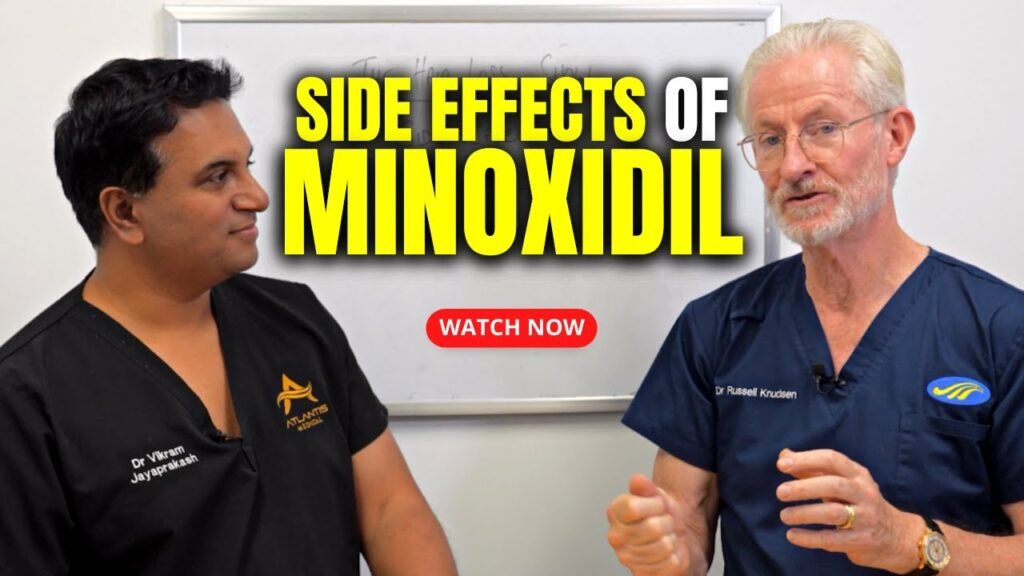Understanding Minoxidil and Its Effects on Heart Rate
Minoxidil is a medication primarily known for its role in treating hair loss, but it originally gained attention as an oral treatment for high blood pressure. Understanding how minoxidil impacts heart rate is crucial for those considering its use, particularly individuals with pre-existing cardiovascular conditions. As a potent vasodilator, minoxidil works by relaxing blood vessels, allowing blood to flow more easily. While this can effectively lower blood pressure, it may also lead to an increase in heart rate, a phenomenon known as reflex tachycardia.
When minoxidil dilates the blood vessels, the bodys natural response is to compensate for the sudden drop in blood pressure. The heart may start beating faster to maintain adequate blood circulation throughout the body. This increase in heart rate can be a cause for concern, especially for individuals who already have an elevated heart rate or other heart-related issues. Therefore, its vital for users to monitor their cardiovascular health and consult healthcare providers before starting treatment with minoxidil, particularly in its oral form.
In some cases, healthcare professionals may recommend additional medications to counteract the effects of increased heart rate. Beta-blockers, for example, are often prescribed alongside minoxidil to help mitigate the rise in heart rate by slowing down the heartbeat and reducing the hearts workload. Patients should be aware of potential side effects and the importance of adhering to prescribed dosages to avoid complications. Understanding these dynamics can help users make informed decisions about their treatment plans and ensure they are taking the necessary precautions to protect their heart health while using minoxidil.
Common Side Effects of Minoxidil Related to Heart Rate
Minoxidil, a popular medication used for hair regrowth, is known to have several side effects, some of which are related to heart rate. Although it is primarily used topically for hair loss, it was originally developed as an oral medication to treat high blood pressure. This background explains why changes in heart rate are among the side effects users might experience. Understanding these effects is crucial for individuals who are considering or currently using minoxidil.
Increased Heart Rate
One of the most common cardiovascular side effects of minoxidil is an increased heart rate, also known as tachycardia. This occurs because minoxidil works by dilating blood vessels, which can lead to an increase in heart rate as the body adjusts to the medication. Users may notice a rapid heartbeat or palpitations, especially after the initial application of the drug. Its essential for individuals to monitor their heart rate and consult a healthcare professional if they experience persistent or severe symptoms.
Fluid Retention and Its Impact on Heart Rate
Fluid retention is another side effect that can indirectly affect heart rate when using minoxidil. This retention can lead to increased blood volume, causing the heart to work harder to circulate blood throughout the body. As a result, individuals may experience a higher heart rate as the cardiovascular system compensates for these changes. Monitoring for signs of fluid retention, such as swelling in the hands, feet, or face, can help manage this side effect and prevent further complications related to heart rate.
By being aware of these potential side effects, users can take proactive steps to manage their health while benefiting from the hair regrowth properties of minoxidil.
How to Monitor Heart Rate While Using Minoxidil
Monitoring your heart rate while using minoxidil is crucial, as this medication can potentially affect cardiovascular health. To effectively track your heart rate, start by investing in a reliable heart rate monitor or use a fitness tracker that provides real-time data. Ensure that the device is worn correctly, typically on your wrist or chest, for the most accurate readings. Regular monitoring can help you notice any irregularities or increases in heart rate, which should be reported to your healthcare provider.
Establish a Baseline Heart Rate
Before beginning minoxidil treatment, its essential to establish a baseline heart rate. Measure your heart rate at rest for several days and note the average. This baseline will help you identify any significant changes once you start using minoxidil. Its recommended to check your heart rate at the same time each day, preferably in the morning before any physical activity, to ensure consistency.
Track Heart Rate Changes
Once you have started using minoxidil, continue to monitor your heart rate regularly. Look for any noticeable changes from your baseline, especially an increase in your resting heart rate. If you detect any significant changes, such as a consistently elevated heart rate or episodes of palpitations, its crucial to consult your healthcare provider promptly. Keeping a daily log of your heart rate readings can be helpful when discussing your symptoms with a medical professional.
Be Aware of Symptoms
In addition to monitoring your heart rate, pay attention to any symptoms that might indicate cardiovascular issues, such as dizziness, chest pain, or shortness of breath. These symptoms, along with an increased heart rate, can be indicative of adverse reactions to minoxidil. By being vigilant about both heart rate changes and related symptoms, you can work with your healthcare provider to ensure safe and effective use of minoxidil.
Steps to Safely Use Minoxidil if You Have Heart Concerns
If you have heart concerns and are considering using Minoxidil, its essential to take specific steps to ensure your safety. First and foremost, consult with your healthcare provider before starting Minoxidil. This medication can affect your cardiovascular system, so a professional assessment is crucial. Your doctor will evaluate your heart condition and determine if Minoxidil is a safe option for you. They may suggest starting with a lower dosage or recommend an alternative treatment depending on your specific health needs.
Once you have the green light from your doctor, its important to follow the prescribed dosage meticulously. Never exceed the recommended amount, as this can increase the risk of side effects, particularly if you have underlying heart issues. Using a topical formulation as opposed to oral tablets might be advisable since it generally poses a lower risk of systemic effects. Always use the medication as directed on the label or by your healthcare provider, applying it only to the affected areas.
Monitor your health closely while using Minoxidil. Be vigilant for any signs of adverse reactions, such as chest pain, rapid heartbeat, or unusual swelling. If you experience any of these symptoms, seek medical attention immediately. Keeping a journal of any side effects and sharing it with your healthcare provider can help in managing your treatment effectively. Regular follow-up appointments are also essential to assess how the medication is impacting your heart health and to make any necessary adjustments.
Consulting Healthcare Professionals About Minoxidil and Heart Health
When considering the use of minoxidil, particularly for hair growth, its crucial to consult healthcare professionals to understand its implications on heart health. Minoxidil, originally developed as an oral medication for high blood pressure, has well-documented cardiovascular effects. Therefore, speaking with a healthcare provider can help assess whether this medication is appropriate for you, especially if you have a history of heart conditions or are taking other medications.
The Importance of Medical History
Before starting minoxidil, it is essential to provide your healthcare professional with a comprehensive medical history. This includes any pre-existing heart conditions such as hypertension, arrhythmias, or heart failure. A healthcare provider can evaluate the potential risks and benefits of minoxidil in the context of your overall health. They may recommend regular monitoring of blood pressure and heart rate to mitigate any adverse effects associated with the medication.
Understanding Potential Interactions and Side Effects
Healthcare professionals can also help you understand potential interactions between minoxidil and other medications you might be taking. For instance, combining minoxidil with other blood pressure medications could lead to an unsafe drop in blood pressure. Additionally, they can inform you about possible side effects related to heart health, such as palpitations or rapid heartbeat, and advise on what symptoms warrant immediate medical attention. Consulting with a healthcare provider ensures that you are well-informed and can safely incorporate minoxidil into your regimen if it aligns with your health needs.


